Part 2 of 2 Parts (Please read Part 1 first)
Ultimately, physicists will use the knowledge acquired from JET’s decommissioning to improve how they incorporate recycling into the design of the Spherical Tokamak for Energy Production (STEP). It is a prototype commercial fusion reactor being planned in Britain. The information will also shape future regulation, according to Buckingham.
JET and ITER are both ‘tokamak’ design fusion reactors, which confine gas in their doughnut-shaped cavities. JET uses powerful magnets to compress a plasma of hydrogen isotopes, ten times hotter than the Sun, until the nuclei fuse. The last time the fusion community decommissioned a comparable device was in 1997. The Tokamak Fusion Test Reactor at Princeton Plasma Physics Laboratory in New Jersey was shut down. Many parts, such as the equipment for injecting hot beams of gas into the reactor, were reused. The site itself was repurposes. The tokamak had to be filled with concrete, cut up and buried.
JET scientists hope that the decommissioning will leave little overall waste. Buckingham says that the main challenge is to understand where the tritium is and to remove it from materials, including from metal tiles that line the inside of the tokamak. JET engineers will utilize a refurbished robotic system to remove sample tiles for analysis. They will use remotely operated lasers to measure how much tritium is in samples that remain inside the experimental equipment. Like all hydrogen isotopes tritium is a gas that “penetrates all materials. and we need to know exactly how deep the tritium has penetrated”, says Buckingham.
Studies at JET this year will remove and study sixty wall tiles. They are the first of more than 4,000 components in the facility. Buckingham adds that “We can use this information to move from lab-scale research to industrial-scale processes, to detritiate the many tons of tiles and components which will be removed from JET over the next few years.”
In order to extract the tritium from metal parts, engineers will heat the components in a furnace before capturing the released isotope in water. Tritium can be removed from the water and turned back into fuel. The leftover materials become low-level waste, the same classification given to radioactive waste made by universities and hospitals. Variations on this process are being tested for other materials such as resins and plastics.
JET researchers are exploring how to dispose of low-level waste. They also need to deal with the much smaller amount of intermediate-level radioactive waste in which nuclear decay occurs more frequently. Options for those low and intermediate level wastes remaining include re-treating the waste, removing it to special disposal sites or storing it until it decays to lower levels of radioactivity. Some unaffected parts of JET that are not radioactive, such as diagnostic and test equipment, have already been repurposed in fusion experiments in France, Italy and Canada.
In its final experiments last December, JET was deliberately damaged. Scientists researched inverting the shape of the confined plasma in a way that might more readily confine heat. They also deliberately damaged the facility by sending a high-energy beam of ‘runaway’ electrons careering into the reactor’s inner wall. This beam is produced when plasma is disrupted.
Joelle Mailloux leads the scientific program at JET. He said, “Analysis of the damage, after the machine is opened up, will provide useful data to test the detailed predictions.”
Blog
-

Nuclear Fusion 61 – The Joint European Torus Fusion Reactor Is Being Decommissioned – Part 2 to Part 2
-
Nuclear News Roundup February 01, 2024
Kazakhstan, Australia to Co-Chair IAEA International Conference on Nuclear Security in May astanatimes.com
Approval of nuclear pilot plant that uses molten salt coolant instead of water a step towards safer reactors chemistryworld.com
Russia Vows To Respond if US Sends Nuclear Weapons newsweek.com
MoltexFLEX publishes research on graphite interaction with molten salt world-nuclear-news.org
-
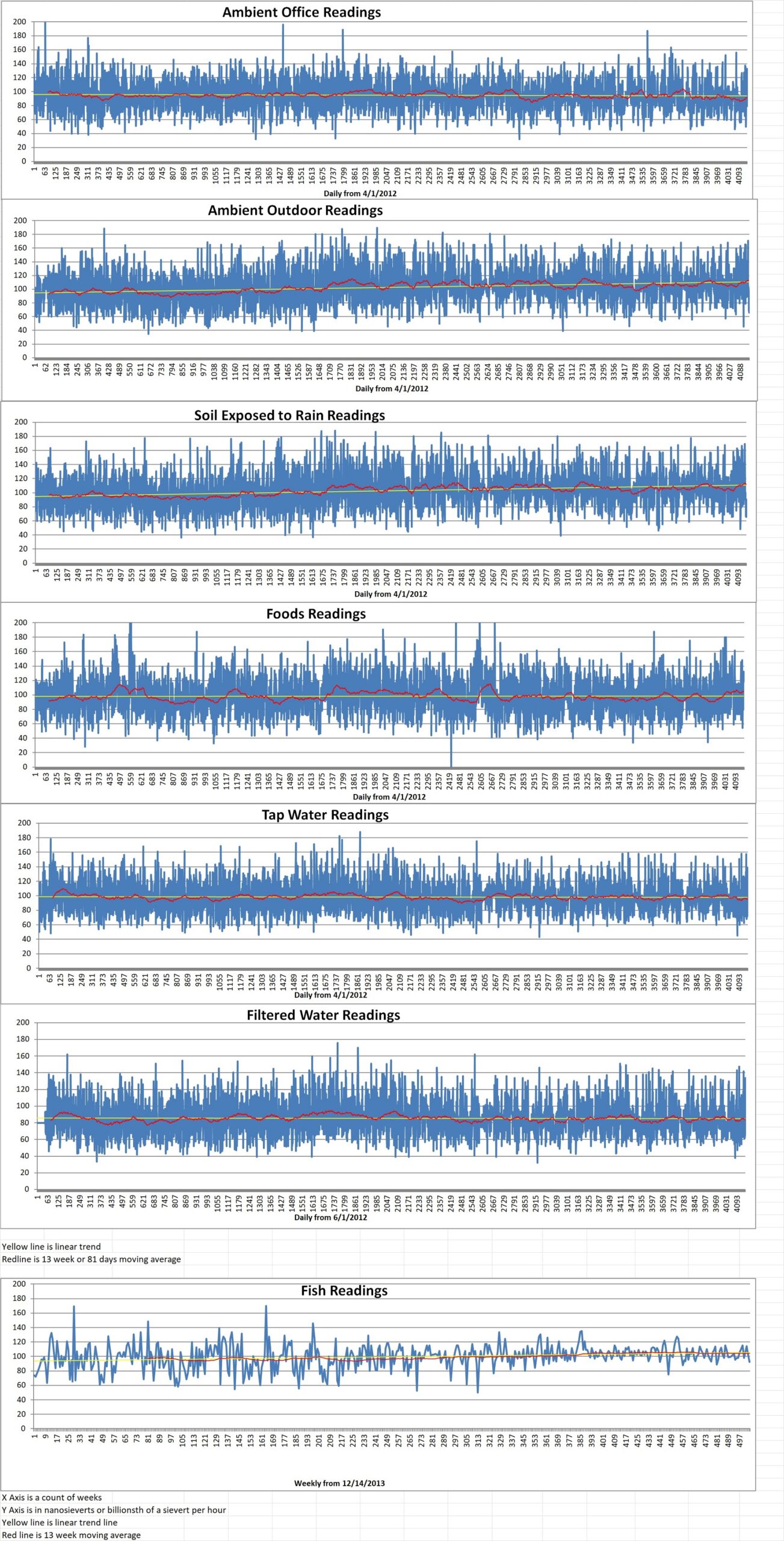
Geiger Readings for February 01, 2024
Ambient office = 79 nanosieverts per hour
Ambient outside = 91 nanosieverts per hour
Soil exposed to rain water = 90 nanosieverts per hour
Avocado from Central Market = 126 nanosieverts per hour
Tap water = 139 nanosieverts per hour
Filter water = 134 nanosieverts per hour
-
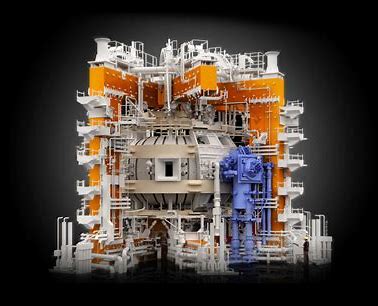
Nuclear Fusion 60 – The Joint European Torus Fusion Reactor Is Being Decommissioned – Part 1 to Part 2
Part 1 of 2 Parts
Scientists have started to decommission one of the world’s earliest nuclear-fusion reactors, forty years after it began operations. Researchers will study the seventeen-year process of dismantling the Joint European Torus (JET) near Oxford, UK, in unprecedented detail. They will use the knowledge to make sure future fusion power plants are safe and economically viable.
Rob Buckingham leads the decommissioning for the U.K. Atomic Energy Authority (UKAEA), which oversees JET. He said, “We are starting to think seriously about a fusion power plant This means thinking about the whole plant life cycle.”
The nuclear fusion of atoms is the process that powers the Sun. If it can be harnessed, it could provide humans with a near-limitless source of clean energy. Creating the conditions for fusion in power plants and exploiting the resulting energy will require complex engineering that hasn’t yet been developed. Some researchers think that this means that commercial fusion power is still many decades away. However, some of the organizations researching nuclear fusion are estimating commercial nuclear fusion reactors arriving in the next five to ten years.
Researchers are moving ahead with designs for the first commercial fusion reactors as excitement about fusion power grows. In 2022, JET broke the record for the amount of energy created through fusion. And the U.S. National Ignition Facility (NIF) in Livermore, California now routinely generates more energy from a fusion reaction than was put in. The NIF calculations do not include the entire energy requirements of running the facility. Fusion plants would need to exceed this level of energy expended to truly ‘break even’, but physicists have celebrated the milestones.
JET is important because the facility is a test bed for ITER which is a twenty-two billion dollar fusion reactor being constructed near Saint-Paul-lez-Durance, France. ITER aims to prove the feasibility of fusion as an energy source in the 2030s. Jet has assisted decisions on what materials to build ITER with and the fuel it will use. JET has been crucial to predicting how the bigger experiment will behave.
The most difficult part of decommissioning the JET site will be dealing with its radioactive components. The process of nuclear fusion does not generate waste that is radioactive for millennia, unlike nuclear fission which powers today’s nuclear reactors. But JET is among the small number of experimental fusion facilities worldwide that have used significant amounts of tritium which is a radioactive isotope of hydrogen. Tritium, which will be used as a fuel in some future fusion plants including ITER, has a half-life of 12.3 years. Its natural radiation, alongside the high-energy particles it releases during fusion, can leave reactor components radioactive for decades.
Anne White is a plasma physicist at the Massachusetts Institute of Technology in Cambridge. She says that decommissioning a fusion experimental facility doesn’t mean “bulldozing everything within sight into rubble and not letting anyone near the site for ages”. Instead, engineers’ priorities will be to reuse and recycle parts when possible. This process will include removing tritium where possible, says Buckingham. Removing tritium reduces radioactivity and allows tritium to be reused as fuel. “The sustainable recycling of this scarce resource makes economic sense,” he says.
Please read Part 2 next -
Nuclear News Roundup January 31, 2024
‘Many questions’ for IAEA visit of Russian-held nuclear plant wataugademocrat.com
Russia has taken control of one of the world’s biggest atomic power plants. Experts want to look inside independent.com
Ukraine’s Zaporizhzhia Nuclear Power Plant has seen worrying recent staff cuts prnewswire.com
Iran’s Nuclear Deception: A Threat Multiplied irannewsupdate.com
-
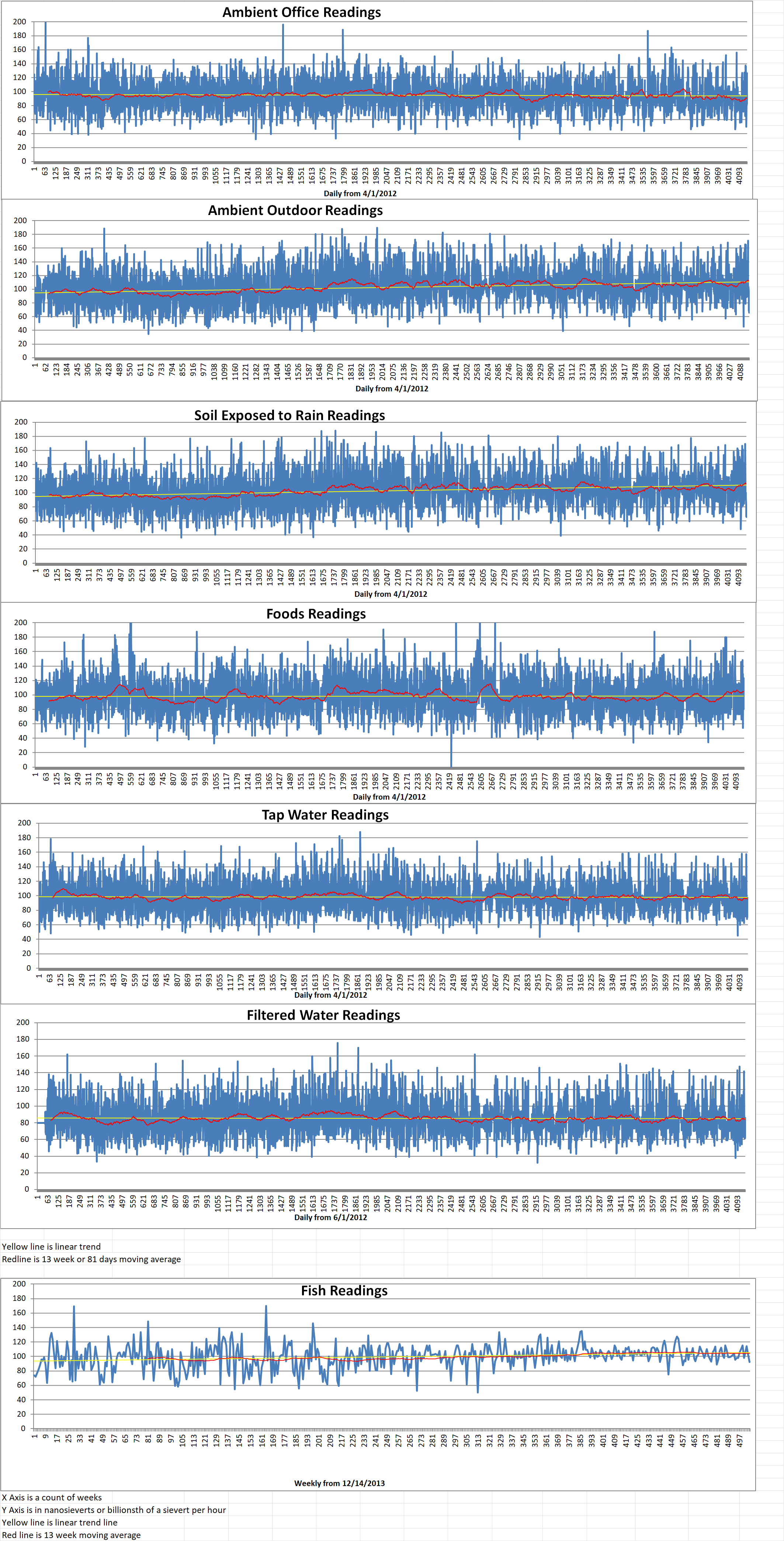
Geiger Readings for January 31, 2024
Ambient office = 133 nanosieverts per hour
Ambient outside = 77 nanosieverts per hour
Soil exposed to rain water = 75 nanosieverts per hour
Artichoke from Central Market = 133 nanosieverts per hour
Tap water = 80 nanosieverts per hour
Filter water = 72 nanosieverts per hour
-
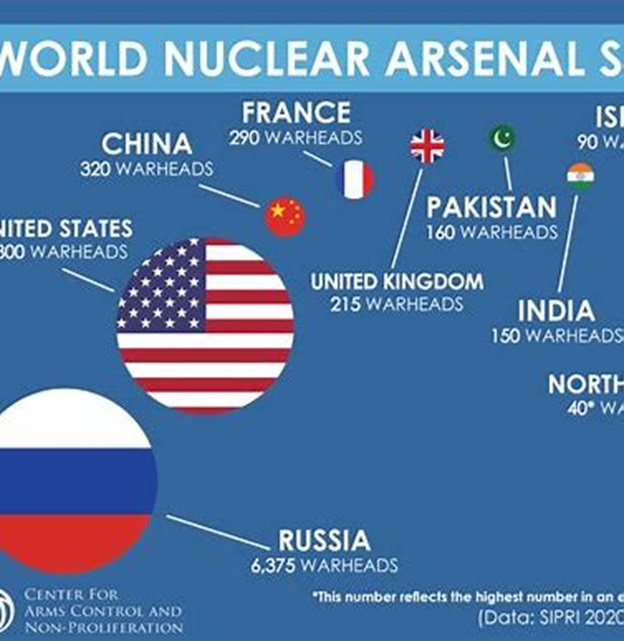
Nuclear Weapons 850 – Role of Global South Non-nuclear Nations In Nuclear Negotiation – Part 2 of 2 Parts
Part 2 of 2 Parts (Please read Part 1 first)
Countries in the Global South which have no nuclear arsenals usually seek favorable voting and veto rules in negotiations. They can enhance their influence in negotiations occurring within formal multilateral organizations where each state has one vote and decisions are made either with majority-based rules or unanimously. These countries can also increase their influence by chairing debates. Serving as chairs of meetings helps Global South NNWS set the agenda, organize the meetings, and spearhead and distribute position papers if they can avoid a perception of bias toward their own preferences. These states can also take advantage of outside options. The existence of credible alternative forums where these topics can be debated can increase the influence of Global South NNWS. If thwarted, these countries can threaten to take a debate to more favorable venues.
Non-nuclear weapon states in the Global South positions can benefit when they can set the agenda of lawmaking negotiations. Less powerful actors such as the NNWS tend to use the definition of the issues, priorities, and order at the bargaining table to identify shared positions with high mutual gains and promote balanced agendas. These countries are also more influential if they build coalitions with each other. Global South NNWS increase their capacity to influence debates when they bargain collectively and with shared understanding of problems. This is especially the case when majority-based or unanimity decision-making rules apply. Another useful tactic that has benefited these countries is leveraging their networks. Less powerful actors can leverage their connections in different networks to increase their influence in negotiations. Such networks include diplomatic, commercial, and military networks. Their capacity to leverage their networks’ networks may be limited when compared to great powers, but it could assist them as a complement to their coalition-building efforts. In the past, these countries have been more successful when they link issues together during debates. Global South NNWS can support their interests by incorporating enough issues in the negotiations that could help them gain concessions from more powerful states. This strategy can help less powerful countries provide incentives for NWS to cooperate on issues that they might otherwise have little interest in.
Issue-linkage sometimes diminish the abilities of weaker actors to influence nuclear lawmaking negotiations. To compensate for this, less powerful actors can engage in issue-bracketing, postponing a discussion to a different negotiation, or deliberately putting a controversial topic aside for consideration in a separate venue. This tactic helps to strengthen coalitions by discouraging actors invested in a particular issue from bringing it back into the negotiation. Issue bracketing convinces actors that their preferences will eventually be addressed. This reduces the burdens of conceding an issue in the current discussions.
Some Global South NNWS who are disappointed with the rate of disarmament by NWS have engaged in subversive revisionism. They have created alternative projects to question the global nuclear order and the hierarchy embedded in it. These countries are resisting asymmetries in the global nuclear order. However, they are also actively undermining the discursive foundations of the hierarchies it institutionalizes.
Conventional accounts of the origins and development of the global nuclear order have two lacunae when it comes to the Global South NNWS. These interpretations usually focus on the preferences and actions of the U.S. as the dominant global power and tend to overlook how the U.S. and other actors order global nuclear politics. Mainstream studies that explore the nuclear actions of Global South NNWS focus on why these countries adhere, comply, or challenge the global nuclear order, and downplay or ignore their ordering actions, nuclear governance initiatives, and negotiating strategies. This post presents an overview of the strategies that Global South NNWS that support nonproliferation have used during the negotiation of nuclear arms control, nonproliferation, and disarmament treaties. -
Nuclear News Roundup January 30, 2024
Iran says construction started on new nuclear reactor scmp.com
Australian Sailors to Embed on U.S. Navy Submarine Tender in Guam news.usni.org
HD Hyundai accelerates maritime nuclear development with TerraPower seatrade-maritime.com
IAEA chief Grossi says to examine contract standoff at Zaporizhzhia nuclear plant English.alarabiya.net
-
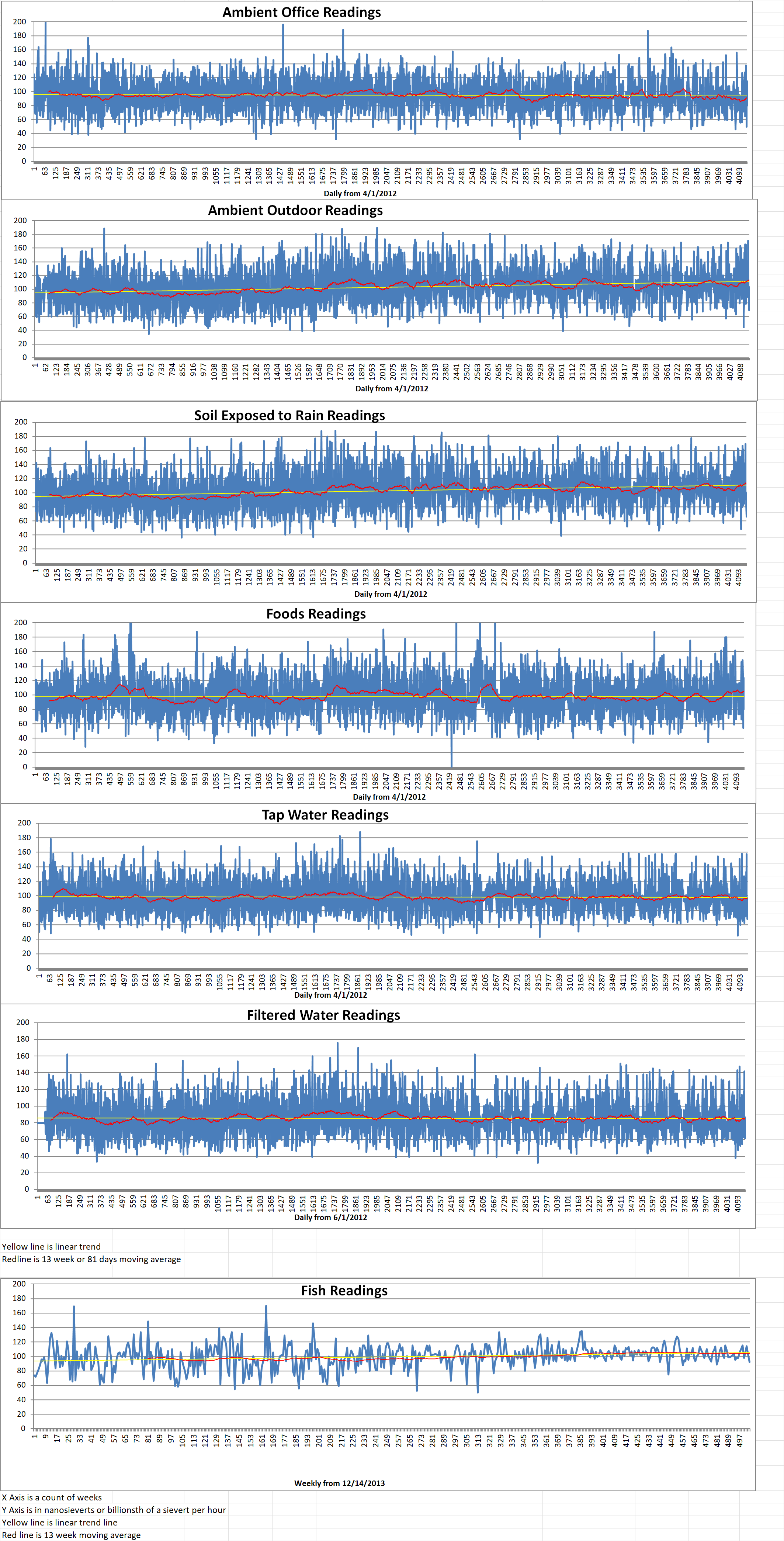
Geiger Readings for January 30, 2024
Ambient office = 108 nanosieverts per hour
Ambient outside = 93 nanosieverts per hour
Soil exposed to rain water = 95 nanosieverts per hour
Artichoke from Central Market = 98 nanosieverts per hour
Tap water = 119 nanosieverts per hour
Filter water = 110 nanosieverts per hour
-
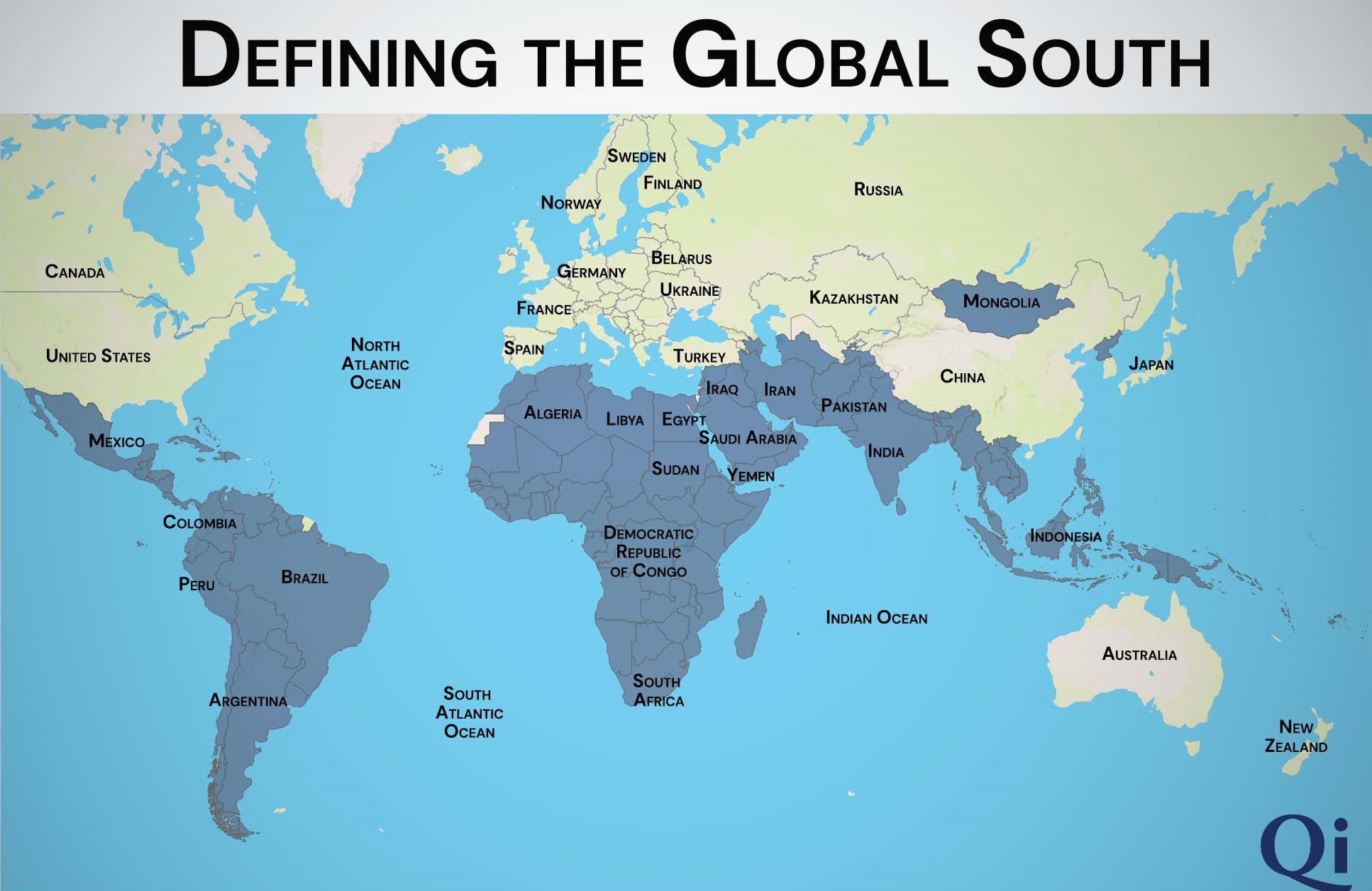
Nuclear Weapons 849 – Role of Global South Non-nuclear Nations In Nuclear Negotiation – Part 1 of 2 Parts
Part 1 of 2 Parts
There are established and expanding bodies of literature in International Relations studying the politics of legislating and power in nuclear politics. These fields are often considered to have two separate research agendas. A new literature has emerged in recent years connecting these fields by reexamining the structure and maintenance of the global nuclear order. Researchers from many disciplines utilize different methodologies to understand the negotiation, construction, and development of nuclear arms control, nonproliferation, and disarmament treaties. By combining their work, the authors offer a more complete picture of the bargaining dynamics behind the construction of these international security agreements.
Mainstream studies of international law and nuclear politics tend to suggest that powerful actors, especially the U.S., have protagonist roles in ordering global nuclear politics. Conventional accounts, however, often offer incomplete interpretations of the participation of Global South non-nuclear-weapon states (NNWS) in the global nuclear order. This is especially true of those countries that favor nonproliferation. These NNWS accounts usually focus on why these states adhere, comply, or challenge the global nuclear order, downplaying or ignoring their ordering actions and initiatives. Particular attention is given to countries with nuclear capabilities they could use to build nuclear arsenals. This post reviews negotiating strategies that Global South NNWS committed to nonproliferation have deployed during the codification of global nuclear governance.
Multilateral treaties on nuclear arms control, nonproliferation, and disarmament have been employed to promote international peace and security. Conventional accounts of the creation of these treaties focus on the critical role that the U.S. played for the nuclear nonproliferation regime to emerge, develop, adapt, and spread. The backing of the U.S. was necessary for the codification and success of these treaties. However, focusing attention only on the preferences and actions of the U.S. creates an incomplete picture of the advent of these treaties. The negotiations of the legal mechanisms that form the global nuclear order were marked by collective compromise-seeking and concession-making processes. This has been a characteristic of international law codification in response to security problems. This important feature of lawmaking has opened spaces that developing countries have used to challenge power asymmetries within treaty negotiations.
Support for nuclear arms control, nonproliferation, and disarmament law has not harmonized the interests among Global South NNWS or between these countries and nuclear weapon states (NWS). Most NNWS in the Global South have collaborated with NWS to design treaties to prevent their nuclear annihilation. These states have participated actively in codifying global nuclear governance mechanisms. They have pushed for their preferences even when those preferences do not accord with U.S. priorities.
Scholars of lawmaking have identified tools that less powerful states have used to push for their preferences in negotiations marked by power asymmetries. Global South NNWS that support nonproliferation have used available tools to reform and adapt the global nuclear order to reflect their preferences. Their actions demonstrate that not all dissatisfaction with the global nuclear order means revisionism, and not all acquiescence means irrelevance.
Global South NNWS that support nonproliferation have attempted to improve their bargaining abilities through a variety of strategies. To increase their influence during lawmaking processes, these states tend to rely on cooperative bargaining among themselves. This is what traditional negotiation analysis refers to as an integrative process. They coordinate positions and balance their negotiation agendas to interact with more powerful actors in competitive bargaining. This is known as a distributive process.
This section presents some strategies that these states have used to promote their interests and preferences when negotiating multilateral treaties for nuclear governance. These strategies incorporate three overarching themes. The Global South NNWS tries to influence the framework where negotiations happen, the issues within the agenda, and alternative agendas.
Please read Part 2 next
